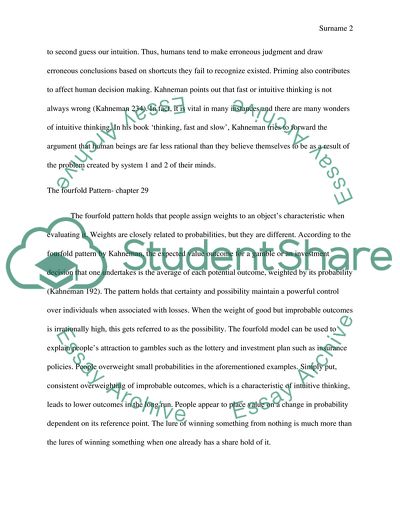Cite this document
(The Human Mind's Two Systems at Work Book Report/Review, n.d.)
The Human Mind's Two Systems at Work Book Report/Review. Retrieved from https://studentshare.org/psychology/1670549-thinking-fast-and-slow-book-report
The Human Mind's Two Systems at Work Book Report/Review. Retrieved from https://studentshare.org/psychology/1670549-thinking-fast-and-slow-book-report
(The Human Mind'S Two Systems at Work Book Report/Review)
The Human Mind'S Two Systems at Work Book Report/Review. https://studentshare.org/psychology/1670549-thinking-fast-and-slow-book-report.
The Human Mind'S Two Systems at Work Book Report/Review. https://studentshare.org/psychology/1670549-thinking-fast-and-slow-book-report.
“The Human Mind'S Two Systems at Work Book Report/Review”, n.d. https://studentshare.org/psychology/1670549-thinking-fast-and-slow-book-report.


